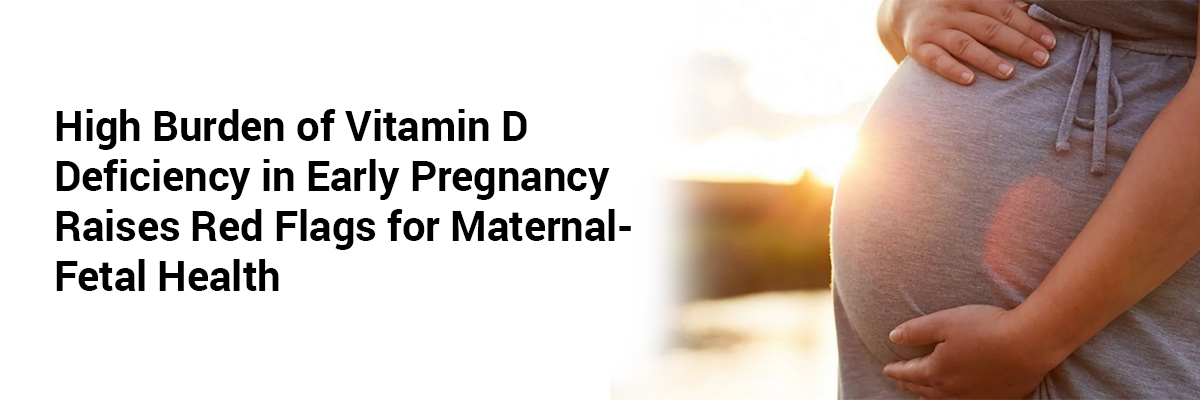
High Burden of Vitamin D Deficiency in Early Pregnancy Raises Red Flags for Maternal-Fetal Health
Vitamin D deficiency is emerging as a silent epidemic among pregnant women, with wide-ranging implications for both maternal and fetal outcomes. A recent cross-sectional study conducted at the Department of Obstetrics and Gynaecologyassessed first-trimester vitamin D levels in antenatal patients and revealed an alarming prevalence of deficiency. Among the participants, only 18.8% had adequate vitamin D levels, while 81.2% were deficient, of which 12.2% had severe deficiency. The deficiency cut across all age groups and residential areas, highlighting the widespread nature of the issue. Importantly, mean serum calcium and phosphorus levels were significantly lower in the severely deficient group (calcium: 7.97±0.61 mg/dL; phosphorus: 3.03±0.79 mg/dL) compared to those with adequate vitamin D levels (calcium: 9.22±0.63 mg/dL; phosphorus: 3.60±0.63 mg/dL), with p-values of 0.001. Factors such as lower maternal education, socioeconomic status, and obesity showed significant associations with severe deficiency. Given the known links between vitamin D deficiency and complications like preeclampsia, gestational diabetes, and impaired fetal bone health, these findings underscore the urgent need for routine screening and supplementation strategies during antenatal care in India.
Source: Kaur, M., Sood, R.,
&Pahwa, S. (2025). Evaluation of vitamin D status in antenatal patients
attending OPD at a tertiary care centre. Indian Journal of Obstetrics and
Gynecology Research, 12(1), 113–118. https://doi.org/10.18231/j.ijogr.2025.021














Please login to comment on this article